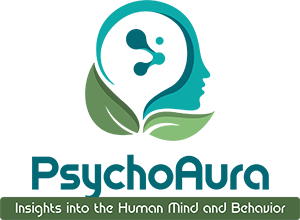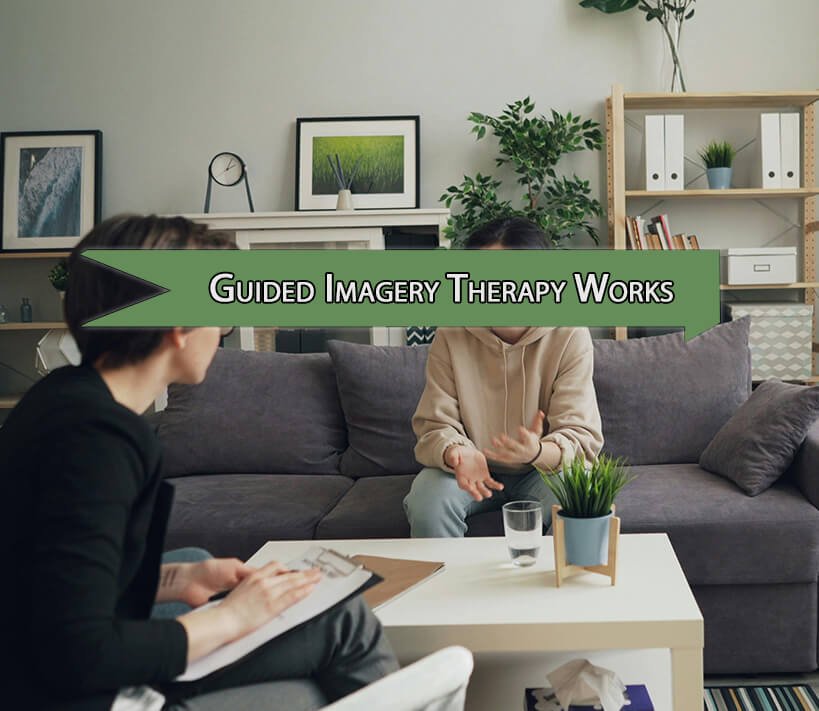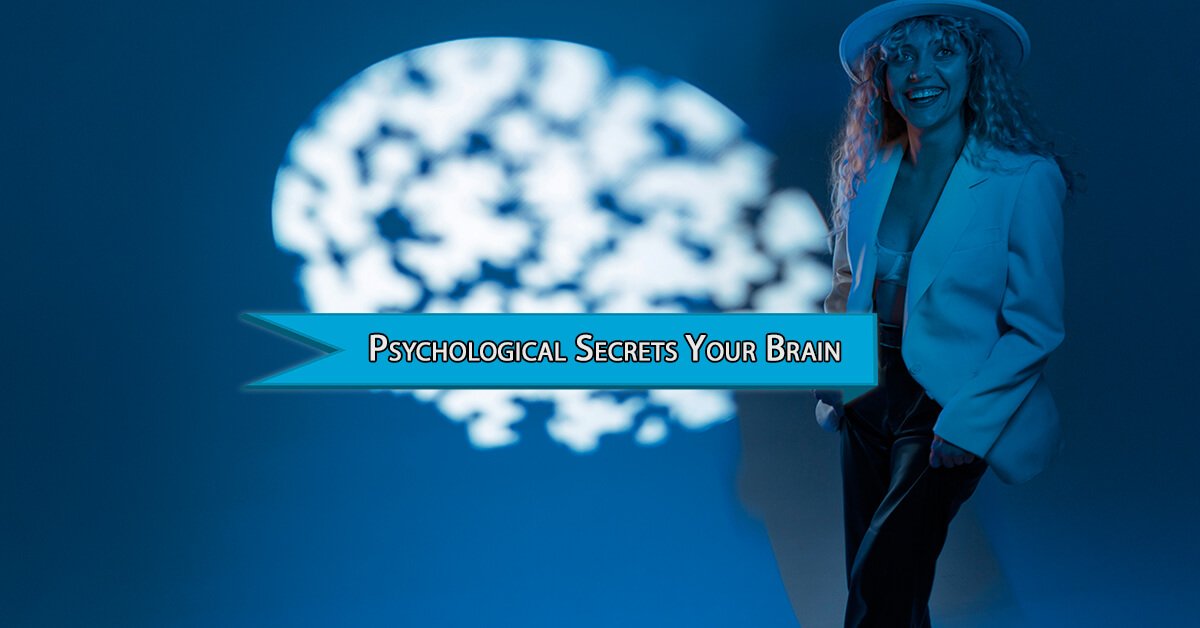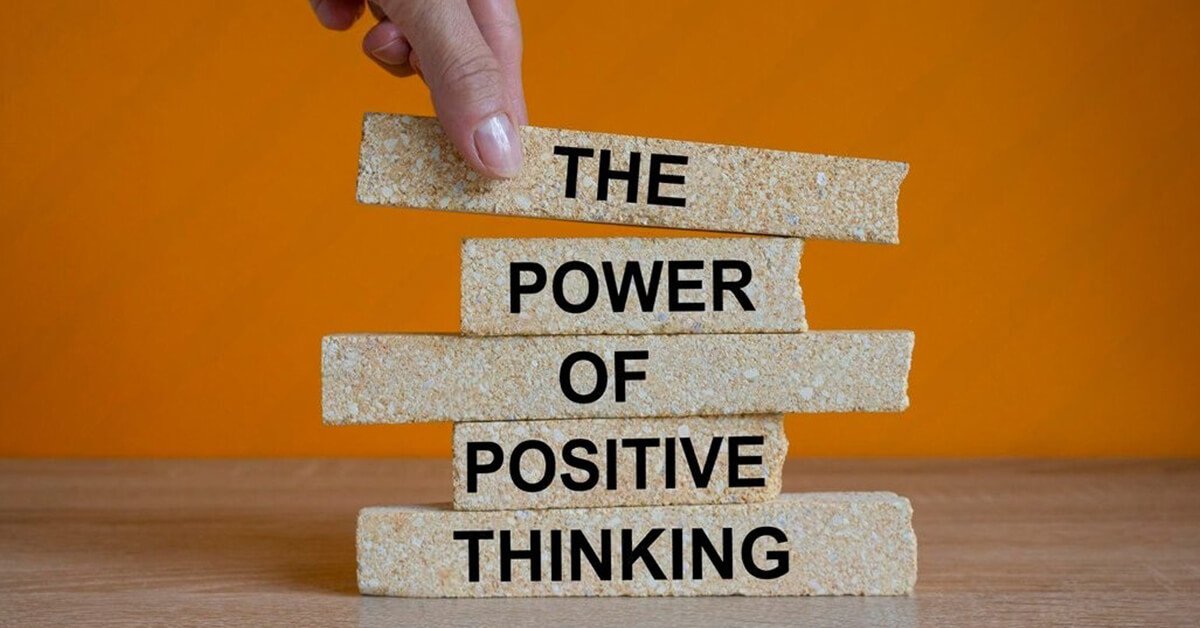Guided Imagery Therapy is a form of relaxation where the client imagines peaceful and calming scenarios to reduce stress and promote healing. A therapist can guide the process, or the client can use audio recordings or practice it independently. Unlike meditation, which focuses on awareness and breathing, guided Imagery immerses you in a whole sensory experience, where sights, smells, sounds, and even textures are all created by the mind. This technique is based on the belief that the mind and body are deeply interconnected. What you think or imagine does not just stay in your mind, it triggers real biological responses in your body, influencing everything from heart rate to hormonal levels. Guided Imagery taps into this psychoaura connection, allowing individuals to harness the power of their thoughts to promote relaxation, emotional balance, and overall well-being.
In this blog, we will explore how Guided Imagery Therapy works on your body, and why this seemingly simple practice can be a powerful tool for health and well-being.
Guided Imagery Meaning in Urdu
اس سے مراد ایک ایسی تکنیک ہے جس میں کسی شخص کو ذہنی طور پر کسی پُرسکون، خوشگوار یا شفا بخش منظر کا تصور کروایا جاتا ہے، تاکہ ذہنی دباؤ کم ہو اور جسمانی و جذباتی سکون حاصل کیا جا سکے۔
How Guided Imagery Works on Body
1. Reversing the Stress Response
When you are anxious or under pressure, your body reacts by activating the fight-or-flight response, releasing a surge of stress hormones like adrenaline and cortisol. Your heart beats faster, your muscles tense up, and your blood pressure rises. While this response is helpful in emergencies, chronic activation can wear your body down over time. Guided Imagery helps you flip that switch. When you visualise a Serene scene, like a forest or a peaceful river, your body responds by activating the parasympathetic nervous system, which is the body natural “rest and digest” mode. Your heart rate slows, your muscles relax, and stress hormone levels decrease. With regular practice, guided Imagery can help lower overall anxiety levels and enhance emotional resilience over time.
2. Boosting the Immune System
A fascinating fact is that your thoughts can strengthen your immune system. When you visualise your body healing, your white blood cells actively begin to attack viruses, close wounds, and regenerate tissues, just through the power of imagination. Guided Imagery has been shown to reduce harmful stress hormones and support the immune system. By creating a mental environment that feels safe and calm, your body redirects its resources toward healing and recovery. Research has proven that patients who regularly practice guided Imagery tend to recover faster and respond better to treatments.
3. Reducing pain with the Power of Focus
Pain is not merely a physical sensation; emotional and mental states also influence it. Numerous studies show that guided imagery can significantly reduce the perception of pain, especially in patients with chronic conditions such as arthritis, cancer, and persistent back pain. When patients visualize a soothing image, like warm light gently washing over a painful area, they intentionally shift their brain focus away from the discomfort. This mental redirection reduces the intensity of pain signals and boosts feelings of personal control and relaxation. Some progressive hospitals now thoughtfully include guided imagery in comprehensive post-surgery care plans to manage pain more effectively without relying solely on medication.
4. Improving Sleep Naturally
Struggling to sleep? Guided Imagery can help shut off the mind endless chatter and usher in restful slumber. Visualising a peaceful scene before going to bed, such as a cabin in the woods or a gentle breeze flowing through a meadow, is known to help quiet the nervous system. This mental shift signals the body that it is safe and ready to relax. Breathing naturally slows, muscles release tension, and the brain starts producing melatonin, the hormone that regulates sleep and circadian rhythms. Unlike sleeping pills, guided imagery offers a non-habit-forming, completely natural, easily accessible, and cost-free solution. With regular practice, people can establish healthier and more consistent sleep patterns while significantly reducing symptoms of insomnia and restlessness over time.
5. Strengthening the Mind-Body Connection
The most profound benefit of guided Imagery is how it strengthens the communication between your thoughts and your body. When you regularly tune into mental images and observe your body responses, you develop a deeper awareness of how emotions, beliefs, and physical health are intertwined.
For example
You might notice how visualising a stressful scenario tenses your shoulders while imagining a joyful moment lightens your chest. This self-awareness is empowering. It gives you the tools to influence your physical state through conscious thought.
How to get started
Getting started with guided Imagery is simple. You do not need a therapist or fancy tools, just a quiet space and a willingness to explore.
Here are the Steps to Practice Guided Imagery Therapy
1. Sit or lie down comfortably and close your eyes.
2. Take slow, deep breaths.
3. Imagine a place where you feel completely safe and at peace.
4. Engage all your senses, what do you hear, smell and feel?
5. Stay in the scene for 5-10 minutes, gently returning your focus if your mind drifts.
Conclusion
Guided Imagery is more than just a relaxation technique, it is a powerful, science-backed method of engaging the mind to heal and support the body. Whether you are looking to reduce stress, boost your immune system, manage pain, improve sleep, or build a stronger mind-body connection, this simple practice offers a natural and effective solution. The best part? It is accessible to everyone, requires no special equipment, and carries no side effects. By incorporating guided Imagery into your daily routine, you can take an active role in your mental and physical well-being, one peaceful image at a time. Take a moment, close your eyes, and let your imagination guide you toward healing.




